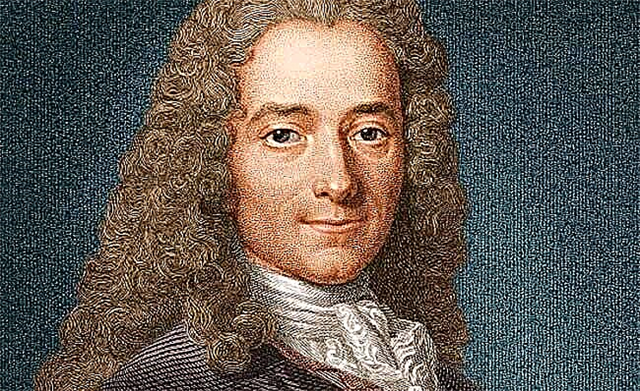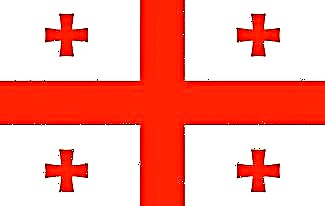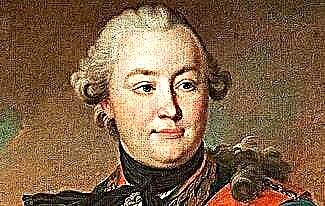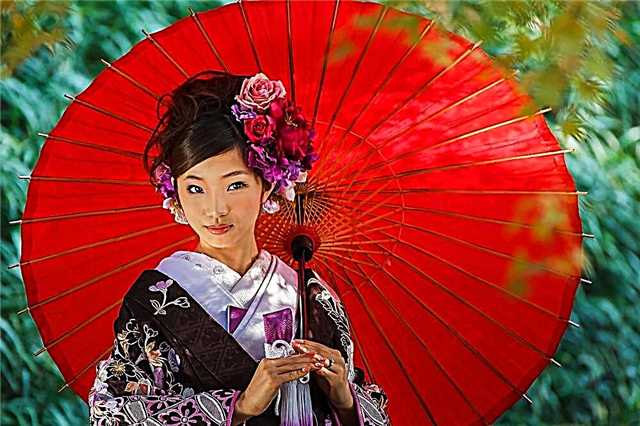In Croatia, they are rightfully proud of the picturesque Plitvice Lakes Reserve. It is not only a popular local landmark, but also officially recognized by UNESCO as a natural heritage. Multilevel cascades create an interesting pattern of waterfalls and a hidden world of deep caves, and small drops of water irrigate the surroundings, making walking along them a great pleasure.
Features of Plitvice Lakes
Not everyone knows where one of the most beautiful national parks in the world is located, since the sights of Croatia rarely become the subject of general discussion. However, the picturesque area is located in the central part of the country. It occupies mainly the entire Licko-Senj region and a small part of the Karlovatska region.
A complex of lakes and slopes was formed thanks to the Koran River, which still carries the limestone rocks that form natural dams. It took not a thousand years for such an unusual park, created by nature itself, to grow. Photos from these places resemble pictures from fairy tales; it is not for nothing that a huge staff monitors the safety of the territory.
At the moment, the Plitvice Lakes Reserve covers more than 29 thousand hectares. It includes:
- 16 lakes and several small bodies of water;
- 20 caves;
- more than 140 waterfalls;
- hundreds of flora and fauna, including endemics.

We recommend reading about Lake Como.
The lakes are arranged in cascades, with the difference between the highest and the lowest being 133 meters. The upper lake fills up thanks to the Black and White rivers. It is they who feed the entire system to a greater extent, which is why you can see many waterfalls, the number of which changes year after year.

There are a lot of calcephiles in Plitvice Lakes, therefore the structure of this area is subject to changes even at the present time. Often coastal plants die off and enter the water, where they turn to stone and block the flow. As a result, river beds often change, new slopes are formed, and caves are formed.
Places to visit and their inhabitants
The water complex is conventionally divided into Upper and Lower tiers. Among the upper bodies of water, the largest are lakes Prosce, Tsiginovac and Okrugljak, from below they are often visited by Milanovac. Sastavtsi is considered to be the most beautiful waterfall, as it throws down a stream from the confluence of two rivers Plitvitsa and Korana. However, during excursions, they often visit Galovachki or the Great Cascades.
Those who love an extreme form of recreation will certainly enjoy speleological tours. Experienced cave explorers will tell you how to get to the entrances hidden under the waterfalls, because the most interesting places are hidden from everyone. The cave without a floor or a ceiling is very popular - Shupljara, as well as Crna Pechina and Golubnyacha.

The park has an amazing forest that has been preserved since ancient times and has the ability to regenerate on its own. More than 70 unique plant species are found here, you can admire the most beautiful orchids. The reserve is home to many animals, various birds, and bats. More than 300 species of butterflies live in these places. Plitvice Lakes are rich in fish, but fishing is strictly prohibited here.

Information for vacationers
Despite the huge number of lakes of different sizes, swimming in them is prohibited. This is due to the high rate of water accidents. But do not despair, as in the territory of the national park there is something to do besides a beach holiday. The Mediterranean climate is perfect for long walks in the reserve.
In autumn, the flow of tourists decreases markedly, as snow falls in this area in November. Until spring, the green park turns into a mountain complex shrouded in a white fur coat, because its main charm in winter is hidden under a layer of ice, although the view from this is no less charming.
Most often, people leave the capital for the Plitvice Lakes: the distance from Zagreb to the natural attraction is about 140 km. Tourists vacationing on the coast will take longer to reach the cascade complex. For example, from Dubrovnik the travel time will be almost seven hours.
The cost of tickets in rubles in the summer season for adults is close to 2000, for children - about 1000, up to seven years old admission is free. A standard guided tour of the national park lasts approximately three hours, but tickets can be purchased in advance to visit the lakes for two days.
In addition, there is a service of hiring a personal guide. He, of course, will give a complete description of all the features of the reserve and guide you to unique places, but this is a very expensive pleasure.









